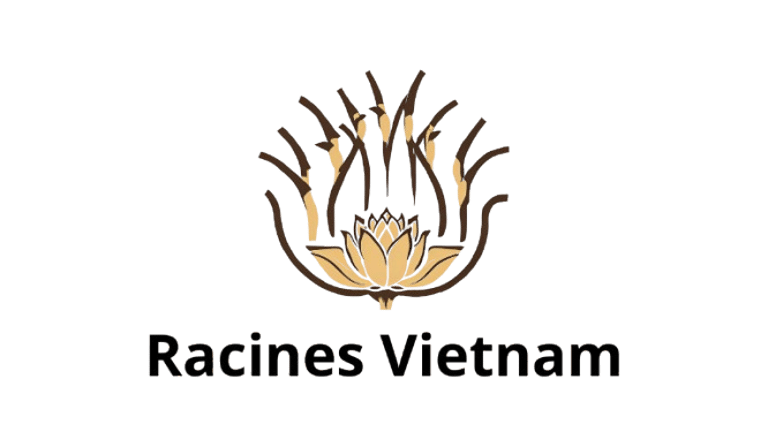“A blog created by an adopted Franco-Vietnamese for all those seeking to reconnect with their origins.”
Top Historical Sites to Understand Vietnam’s Rich History | Travel Guide
Discover the must-visit historical sites in Vietnam: Imperial City of Hue, Cu Chi Tunnels, Dien Bien Phu, Ha Long Bay, and Hanoi’s Ho Chi Minh Mausoleum.
2/12/20253 min read


Must-Visit Historical Sites to Understand Vietnam’s Rich Past
Introduction: A Journey Through Vietnam’s Tumultuous History
Vietnam, located in the heart of Southeast Asia, has experienced centuries of colonization, revolution, and profound transformation.
From the imperial courts of Hue to the battlefields of the Vietnam conflict, the nation’s journey spans from World War II, the Indochina War, the rise of the Communist Party, to the devastating Vietnam War and the ultimate reunification into the Socialist Republic of Vietnam.
Traveling across North Vietnam and South Vietnam is an immersion into the resilience of the Vietnamese people — shaped by buddhist traditions, colonial oppression, wars, and an unwavering spirit of independence.
1. The Imperial City of Hue: Witness to Dynastic Glory and Early Resistance
The Stronghold of Emperors and Early Nationalism
Hue, the ancient capital, stands as a symbol of imperial power before the disruptions of French Indochina and the later struggles against colonialism and external aggression.
Highlights:
Ngo Mon Gate and Hall of Supreme Harmony — symbols of imperial governance.
Tombs of Emperors Minh Mang and Khai Dinh.
Thien Mu Pagoda, associated later with buddhist protests against the Government of Vietnam led by Ngo Dinh Diem.
Hue also sowed early seeds of nationalism that evolved into revolutionary movements like the Viet Minh.
2. Hanoi and the Ho Chi Minh Mausoleum: Cradle of Revolution
Proclaiming the Democratic Republic Amid Global Tensions
In 1945, Ho Chi Minh proclaimed the independence of Vietnam, aligning with communism and receiving support from the Soviet Union and later the Allies during their conflict against Japanese aggression during World War II.
Essential Visits:
Ho Chi Minh Mausoleum and Presidential Palace.
The diplomatic quarter housing historic embassies.
Hanoi’s Old Quarter, living testimony to Vietnamese perseverance.
The Geneva Conference of 1954, attended by world powers including the Soviets and Americans, formally divided Vietnam into North and South, setting the stage for the Vietnam conflict.
3. Cu Chi Tunnels: A Testament to Guerrilla Warfare
Underground Resistance During the Vietnam War
The Cu Chi Tunnels near Saigon became a symbol of the Viet Cong and North Vietnamese Army's resilience during the American military intervention.
Key Aspects:
Learn about the Tet Offensive, a pivotal moment that shocked the U.S. public and fueled the growing anti-war movement.
Explore how rural peasants and fighters endured intense bombing campaigns and Agent Orange chemical attacks.
Understand the global pressure on the U.S. administration, from Eisenhower to Nixon, and the eventual calls for negotiation and peace.
4. Ha Long Bay and Karst Landscapes: Beyond Beauty, A Strategic Asset
Navigating History and Warfare Along the Coast
The breathtaking Ha Long Bay, bordering the South China Sea, was not just a natural wonder but also a strategic area throughout history, especially during the Vietnam conflict.
Experiences:
Sail among limestone karsts hiding caves once used by guerillas.
Explore the impact of naval operations and the proximity to the China Sea during U.S. bombings.
The bay connects the historical maritime routes crucial during colonial and war periods alike.
5. Dien Bien Phu: The Fall of Colonial Power
A Decisive Battle and the Beginning of Division
In 1954, the Battle of Dien Bien Phu marked the defeat of French forces by the Viet Minh — leading to the Geneva Accords and the split between North Vietnam and South Vietnam.
Attractions:
Walk through the historic trenches and artillery remains.
Visit the Dien Bien Phu Museum detailing the battle that led to the colonial surrender.
Understand how military aid from the Soviet Union and China bolstered the Vietnamese cause.
Bonus: The Mekong Delta and the Spirit of Rural Vietnam
The Mekong River Delta, heavily bombed during the war, still thrives as a testament to the resilience of civilian populations.
Highlights:
Experience homestays with local Hoa communities.
Visit floating markets and farms that survived air raids and Agent Orange contamination.
Explore remnants of the southern Ho Chi Minh Trail that funneled supplies across Laos and Cambodia.
Conclusion: Vietnam’s Living History Awaits
From the imperial palaces of Hue, the revolutionary fervor of Hanoi, the underground resistance at Cu Chi, to the stunning karst landscapes of Ha Long Bay, Vietnam invites you to walk through the very places where communism rose, where battles raged, and where hope was never extinguished.
See where independence was proclaimed, where soldiers and civilians fought against aggression, where governments negotiated accords, and where the spirit of a proud nation was ultimately reborn.
Are you ready to travel across Vietnam’s living history?
Witness a story of resistance, resilience, and rebirth — a journey unlike any other.
Main Menu:
Explorations:
Resources & Immersive Content
Community & Support
Legal & Languages
Contact & Social Networks
✉️ contact@racinesvietnam.com
📱 Instagram | Facebook | YouTube
©️ Copyright
© 2025 RacinesVietnam.com — Tous droits réservés
Site indépendant, créé sans code, hébergé par Hostinger
